Chemical energy refers to the potential energy that resides within the chemical bonds of substances. It is stored in these bonds and can be released or absorbed during a chemical reaction. When a chemical reaction takes place, the bonds between atoms are broken, and new bonds are formed, resulting in the release or absorption of the stored energy. This released energy can appear in different forms, such as heat, light, or electrical energy, depending on the specific characteristics of the reaction. For instance, when fuel is burned, the chemical energy stored in it is converted into heat and light energy. Similarly, batteries store chemical energy that can be transformed into electrical energy. Examples of substances containing chemical energy include food, fossil fuels, and various chemicals used in industrial processes.
Examples
Food
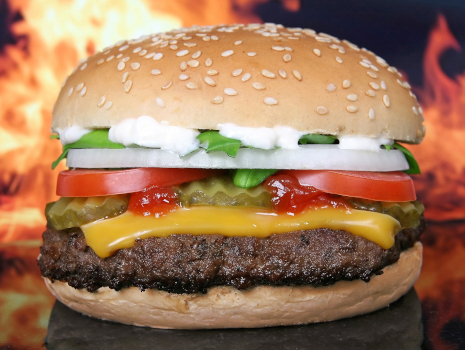
The chemical energy in food is primarily stored in the form of organic molecules, such as carbohydrates, fats, and proteins. When we consume food, our digestive system breaks down these complex molecules into simpler compounds through processes like digestion and metabolism. During cellular respiration, these simplified molecules react with oxygen to produce carbon dioxide, water, and energy in the form of adenosine triphosphate (ATP). ATP is a crucial energy currency for cells, allowing them to perform various functions. Essentially, the chemical energy in food is released and utilized by our bodies to fuel biological processes, sustain bodily functions, and provide the energy required for activities ranging from simple movements to complex cognitive functions.
Batteries
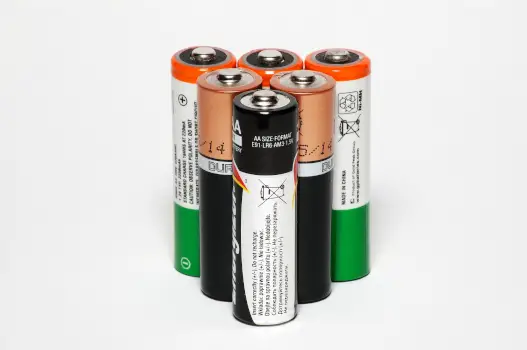
In a battery, chemical energy is stored in the form of electrochemical reactions between different materials within the battery cells. During use, when a device is powered on, these chemical reactions occur, releasing electrons and generating an electric current. For example, in alkaline batteries, zinc undergoes oxidation and manganese dioxide undergoes reduction, facilitating the flow of electrons. This flow of electrons is what powers electronic devices like flashlights, remote controls, or other battery-operated gadgets. The chemical energy stored in the battery is converted into electrical energy, demonstrating how chemical processes can provide a portable and reliable source of power for various applications.
Dry wood

The chemical energy stored in wood is released through combustion when it’s burned. Wood primarily consists of complex organic compounds, such as cellulose and lignin. As the wood combusts, these compounds undergo a chemical reaction with oxygen in the air, breaking down into simpler molecules like carbon dioxide and water. This process releases a significant amount of energy in the form of heat and light. The chemical energy stored in the bonds of the wood molecules is transformed into thermal energy and radiant energy during the burning process. This energy can be harnessed for various purposes, such as heating and cooking, making it a practical example of chemical energy conversion.
Coal
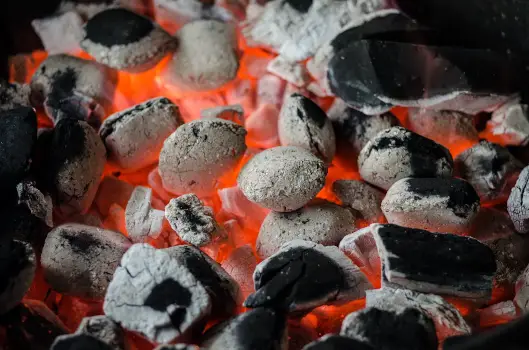
Coal is a fossil fuel formed from the remains of ancient plants that underwent geological processes over millions of years. The chemical energy in coal is stored in the carbon-carbon and carbon-hydrogen bonds of its organic components. When coal is burned, typically in power plants or industrial settings, it undergoes combustion reactions with oxygen in the air. This process releases heat energy and produces carbon dioxide, water vapor, and other byproducts. The heat generated during coal combustion is used to produce steam, which, in turn, drives turbines to generate electricity. In this way, the chemical energy stored in coal is converted into thermal energy and eventually into electrical energy, contributing to a significant portion of the world’s electricity production.
Matchstick

A matchstick exemplifies chemical energy in a small yet potent form. The match head contains a mixture of chemicals, including phosphorus and sulfur. When struck, the friction ignites the match, initiating a chemical reaction. The phosphorus reacts with oxygen, releasing energy in the form of heat and light. The chemical energy stored in the matchstick is harnessed to create a controlled and useful flame.
Natural gas
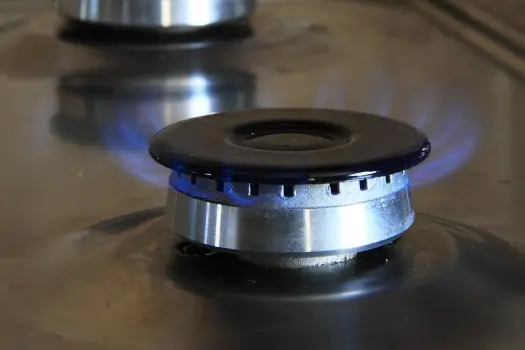
Natural gas is a mixture of hydrocarbons, primarily methane. Its chemical energy is stored in the bonds between carbon and hydrogen atoms. When burned, typically in stoves, heaters, or power plants, methane undergoes combustion with oxygen, producing carbon dioxide, water, and heat. The combustion of natural gas releases a significant amount of energy, making it a clean-burning fuel option. Its chemical energy is harnessed for various applications, from residential heating to electricity generation, contributing to the efficiency and versatility of natural gas as an energy source.
Glow stick

Glow sticks employ a chemical reaction to produce light. Inside the stick, there are two compartments – one containing a solution of hydrogen peroxide, and the other, a fluorescent dye and a small glass vial containing diphenyl oxalate. When the stick is bent, the glass vial breaks, allowing the chemicals to mix. This initiates a chemical reaction where the hydrogen peroxide oxidizes the diphenyl oxalate, resulting in the release of energy. The dye absorbs this energy and re-emits it as visible light, creating the vibrant and chemiluminescent glow characteristic of glow sticks.
Explosive

Explosives, such as TNT (trinitrotoluene), store an immense amount of chemical energy in their molecular structures. When triggered, the molecules undergo rapid decomposition, leading to the release of gases and an enormous amount of heat. The sudden and intense liberation of this stored energy results in an explosive reaction, used in various applications, from mining to military uses, where controlled release is crucial for specific outcomes.
Petroleum
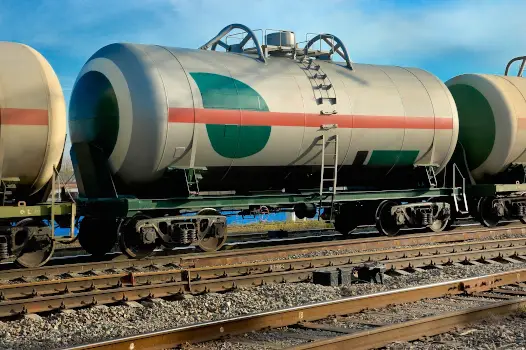
Chemical energy in petroleum resides in hydrocarbon molecules. When refined, these complex compounds release energy through combustion. This combustion, whether in engines or industrial processes, liberates heat energy, powering everything from vehicles to machinery. The versatility of petroleum lies in its capacity to provide a concentrated and transportable form of chemical energy.
Hot pack

Hot packs utilize an exothermic chemical reaction to generate heat. Inside the pack, a mixture of substances, such as iron powder, salt, and activated carbon, reacts with oxygen in the air. This oxidation process releases thermal energy, raising the temperature of the pack. When activated, hot packs provide warmth, and the chemical energy released in the reaction is harnessed to create a convenient and portable source of heat for various purposes, including pain relief.
Cold pack

Cold packs rely on an endothermic reaction to absorb heat and create a cooling effect. These packs typically contain water and ammonium nitrate or urea. When the pack is activated by breaking a barrier between the compartments, the chemicals dissolve in water, absorbing heat from the surroundings. The endothermic reaction reduces the temperature, making cold packs effective for providing a quick and localized cooling sensation, with the absorbed chemical energy contributing to the chill.
Biomass
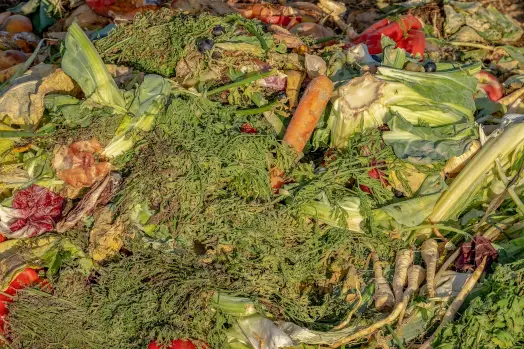
Biomass, derived from organic materials like wood, crop residues, or animal waste, contains stored chemical energy from photosynthesis. When burned or converted through processes like anaerobic digestion, the complex organic compounds break down, releasing energy in the form of heat. This energy can be harnessed for heating, electricity generation, or even converted into biofuels, demonstrating the renewable and sustainable aspects of biomass as a source of chemical energy.
Airbag

The chemical energy in an airbag is not from combustion but rather a controlled chemical reaction. Upon impact, a sensor triggers the release of sodium azide (NaN3) within the airbag system. This compound undergoes a rapid decomposition, producing nitrogen gas (N2), which inflates the airbag. The energy released during this reaction is absorbed by the nitrogen gas, expanding the airbag quickly. The controlled release of chemical energy in airbags helps protect occupants during a collision by providing a cushioning effect, demonstrating a life-saving application of chemical reactions in automotive safety systems.
Propane

Propane is a hydrocarbon gas commonly used as a fuel. Its chemical energy is stored in the carbon-hydrogen bonds. When burned in a controlled manner, such as in a propane stove or heater, it undergoes combustion with oxygen, releasing heat energy. Propane’s versatility lies in its efficient conversion of chemical energy into thermal energy, making it a popular choice for heating and cooking applications.
Gasoline
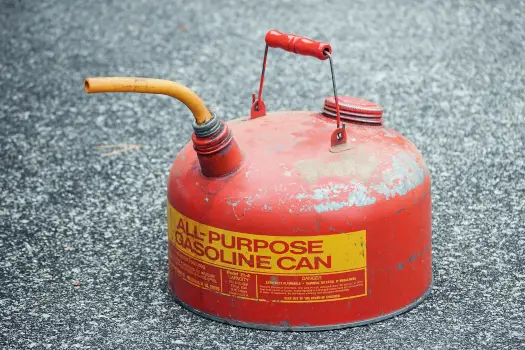
Gasoline stores chemical energy in its hydrocarbon composition. When burned in internal combustion engines, it undergoes controlled combustion, releasing energy that propels vehicles. The combustion of gasoline with oxygen produces carbon dioxide, water, and heat. This thermal energy is converted into mechanical work, illustrating how the chemical energy in gasoline powers transportation systems efficiently.
Related
More topics
- Thermal energy
- Potential energy
- Kinetic energy
- Chemical energy
- Electrical energy
- Geothermal energy
- Radiant energy
- Sound energy
- Elastic energy
- Gravitational energy
- Mechanical energy
- Electric potential energy
- Rotational energy
- Photon energy
External links
- https://www.thoughtco.com/example-of-chemical-energy-609260
- https://sciencenotes.org/what-is-chemical-energy-definition-and-examples/
- https://www.solarschools.net/knowledge-bank/energy/types/chemical
- https://justenergy.com/blog/chemical-energy-quick-primer-what-it-is-how-it-works/
- https://study.com/learn/lesson/chemical-energy-examples.html
- https://examples.yourdictionary.com/examples-of-chemical-energy.html
Deep
Learnool.com was founded by Deep Rana, who is a mechanical engineer by profession and a blogger by passion. He has a good conceptual knowledge on different educational topics and he provides the same on this website. He loves to learn something new everyday and believes that the best utilization of free time is developing a new skill.
